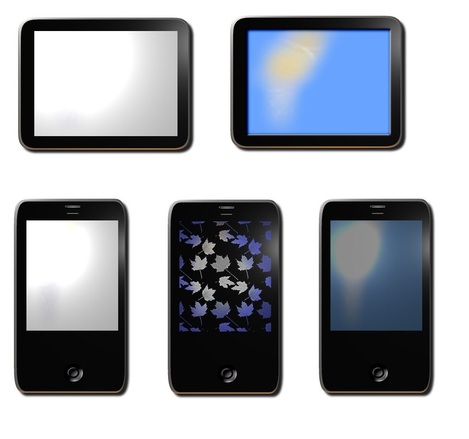

APPLE'S longstanding patent war with Samsung (or Android, having started to attack it more than 6 years ago) has become a high profile story and probably the leading example of patent litigation in recent times, with a lot of money at stake.
The recent and numerous cases opposing companies like Apple and Samsung or Google and Oracle highlight that, today, patents are defensive weapons as well as offensive weapons according to the strategy developed by the holder. Many companies notice lately this functional ambivalence of the patent, just as a patent-related dispute happen, like its violation by a counterfeiter party who reproduces without any authorization the protected invention.
If adopting a strategy of patent application may appear expensive in front of the strategy of the secret which consists in keeping the invention undisclosed, it must be clear that the patents ensure an effective legal protection of the inventions against potential counterfeiters and also permit to the innovative companies recouping their Research & Development costs as a patent owner will be able to negotiate royalties for license agreements signed with firms interested in the use of the patented technology.
Constitutional Challenge to Inter Partes Review: Although the Constitutional issues in Cooper v. Lee and MCM v. HP were law-professor-interesting, they were not substantial enough for certiorari. The Supreme Court has now denied the Cooper and MCM petitions — leaving the IPR regime unchanged. Although Cooper v. Square is still pending, its chances are slight. The Supreme Court has also denied certiorari in Encyclopaedia Britannica (malpractice), Gnosis (appellate review), and GeoTag (case-or-controversy).
A new 101 Challenge: In its first conference of the term, the Supreme Court denied all of the pending petitions regarding patent eligibility. However, Trading Technologies has filed a new petition asking whether a new card game is categorically unpatentable so long as it uses a standard deck (rather than a novel deck) of cards. My post on the case asks: Does the Patent Statute Cabin-in the Abstract Idea Exception? That question references Section 100 of the Patent Act that expressly allows for the patenting of new use of a known manufacture.
Extra Territoriality of Trade Secrecy Law: On the trade secrecy front, Sino Legend has petitioned to review the Federal Circuit’s affirmance of the International Trade Commision’s ban on Legend’s importation of rubber resins used for tire production. The underlying bad-act was a trade secret misappropriation that occurred in China and the question on appeal asks: Whether Section 337(a)(1)(A) permits the ITC to adjudicate claims regarding trade secret misappropriation alleged to have occurred outside the United States. A Chinese court looked at the same case and found no misappropriation.
Design Patent Damages: Oral arguments were held earlier this week in Samsung v. Apple. During the arguments, all parties agreed that (1) the statute does not allow for apportionment of damages but rather requires profit disgorgement; (2) the article-of-manufacture from which profits can be calculated may be a component of the product sold to consumers; and (3) the determination of what counts as the article-of-manufacture is a question of fact to be determined by the jury. The only dispute then was on the factors that a jury should be considered and when the “inside gears” of a product should ever be included in the calculation.
Was it just a coincidence that the Federal Circuit made a decision on an Apple petition for a rehearing about eight months after the original decision and just days before the design patents hearing in the top U.S. court? It may very well have been. But when there are already other oddities (such as the decision not to invite further briefing from the parties and hold a rehearing), it's not impossible that there is a hidden message or agenda.
The Federal Circuit decision certainly gives Apple leverage. Limited leverage, though: the relatively most valuable one of the three patents on which Apple had prevailed at the spring 2014 trial has expired and the most iconic one, slide-to-unlock, is about as valuable in the age of Touch ID and comparable technologies as an ISDN or floppy disk patent.
A funny thing happened on the way to the Supreme Court in yesterday’s Samsung v. Apple design patent dispute. The high court was expected to review the lower court’s award of the entire profits made for 11 different smartphone models — just under $400 million.
[...]
Unexpectedly, some time before the argument Apple had agreed to concede that the “article of manufacture” didn’t have to be the entire product sold. That is, Apple agreed with Samsung and the government that the answer to the question that the Court had agreed to decide is “Yes.”
At oral argument, Samsung informed the Court that it was dropping its “causation argument” (i.e., that €§ 289 must be read in light of background causation principles from general tort law) and wanted to focus on its “article of manufacture” argument (i.e., its argument that a successful design patentee should be entitled to the “total profit” from the “article of manufacture” but that the relevant article should be determined mainly by looking at whether the patent claims a whole design or only part).